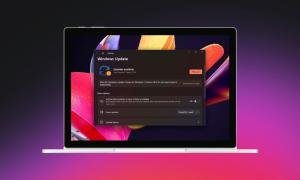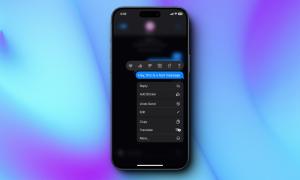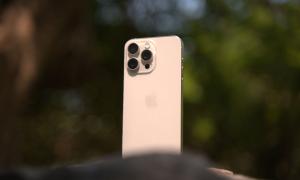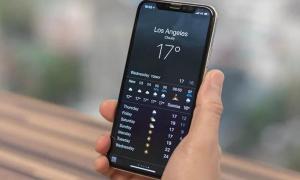When the going gets tough, the tough get going! In what could be a massive show of strength against the dreading COVID-19 pandemic, the two major tech titans – Apple and Google – have joined hands to introduce Coronavirus contact tracing on iOS and Android. Designed to help governments and health agencies reduce the spread of the virus, this health-centric feature ensures contact-tracing aka “Exposure Notifications” remains secure and private. If you want to take the help of it to fight out the pandemic, let’s head over to learn how you can manage COVID-19 exposure notifications on your iPhone!
Turn On/Off COVID-19 Exposure Notifications on iOS
Wondering how the contact-tracing kicks in? It would be better to sort out a few questions upfront.
How COVID-19 Exposure Notifications Work on iPhone
First and foremost, the COVID-19 contact-tracing is the part of iOS 13.5, which is currently in developer beta. It uses Bluetooth, and not GPS, to work seamlessly. By default, the exposure notification is disabled. However, you can choose to turn on/off the Apple and Google’s exposure notification on your iOS device as and when you want.
What else do you need to use contact tracing? Well, you will need to install an app from your local health authority and allow it to use Bluetooth data. Apple and Google have also stated that they are working to make the contact-tracing feature work without the need to install a third-party health authority app, but that won’t translate into reality until later this year.
Another thing worth noting up front is that contact-tracing won’t be available everywhere during the official launch. But given how crucial this feature is, we expect it to get rolled out in most countries before long.
Once you have enabled the contact-tracing feature on your iPhone, the device will exchange random IDs other devices via Bluetooth. It will enable an app to alert you if you may have been exposed to COVID-19. If you ever (unfortunately) get diagnosed with Coronavirus, you can easily share your device’s random IDs with the authorized app so that it can notify others anonymously.
What about the privacy of your sensitive information? Well, Apple says that the exposure logging can neither access any health data nor will it be able to add any data to the Apple Health app. Furthermore, the collected random IDS are stored in the exposure log for 14 days. But don’t worry, you can choose to wipe out the entire exposure log as and when you want.
- On your iPhone running iOS 13.5 or later, launch the Settings app.

2. Now, scroll down and tap on Privacy.

3. Next, tap on Health.

4. Next up, tap on COVID-19 Exposure Logging. Now, turn on the toggle for Exposure Logging.

Keep in mind, you will require an authorized app to be able to enable this feature. On this very screen, you should see the option to delete the exposure log. Just in case you want to remove the log for any personal reason, you can delete it.
Enable/Disable Contact-Tracing on iPhone
That’s pretty much it! I guess you have now got a good hang of how this crucial feature will work. So, make the most of it to take control of the virus or at least fight it out in a mature way. As we are talking about Coronavirus, I would recommend you to check out the cool dance learning and music learning apps as they can let you turn the self-quarantine into a great opportunity to master dancing or enhance your music skill. Oh yes, there are also some really nice iPhone 11 cases that can let you disinfect your device.






